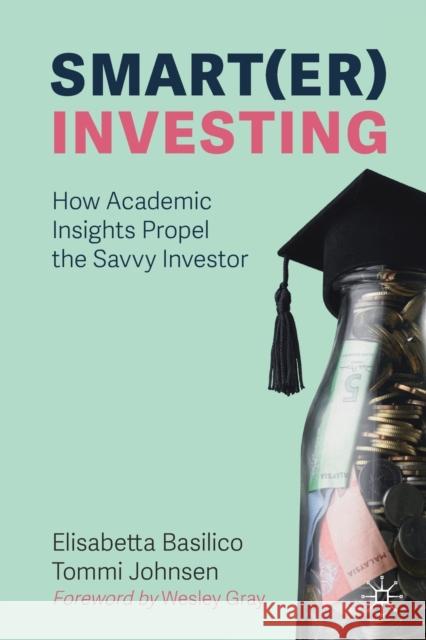Smart(er) Investing: How Academic Insights Propel the Savvy Investor » książka
topmenu
Smart(er) Investing: How Academic Insights Propel the Savvy Investor
ISBN-13: 9783030266943 / Angielski / Miękka / 2020 / 154 str.
Smart(er) Investing: How Academic Insights Propel the Savvy Investor
ISBN-13: 9783030266943 / Angielski / Miękka / 2020 / 154 str.
cena 128,37 zł
(netto: 122,26 VAT: 5%)
Najniższa cena z 30 dni: 127,20 zł
(netto: 122,26 VAT: 5%)
Najniższa cena z 30 dni: 127,20 zł
Termin realizacji zamówienia:
ok. 20 dni roboczych.
ok. 20 dni roboczych.
Darmowa dostawa!
Kategorie:
Kategorie BISAC:
Wydawca:
Palgrave MacMillan
Język:
Angielski
ISBN-13:
9783030266943
Rok wydania:
2020
Wydanie:
2019
Ilość stron:
154
Waga:
0.25 kg
Wymiary:
23.39 x 15.6 x 0.94
Oprawa:
Miękka
Wolumenów:
01
Dodatkowe informacje:
Wydanie ilustrowane











